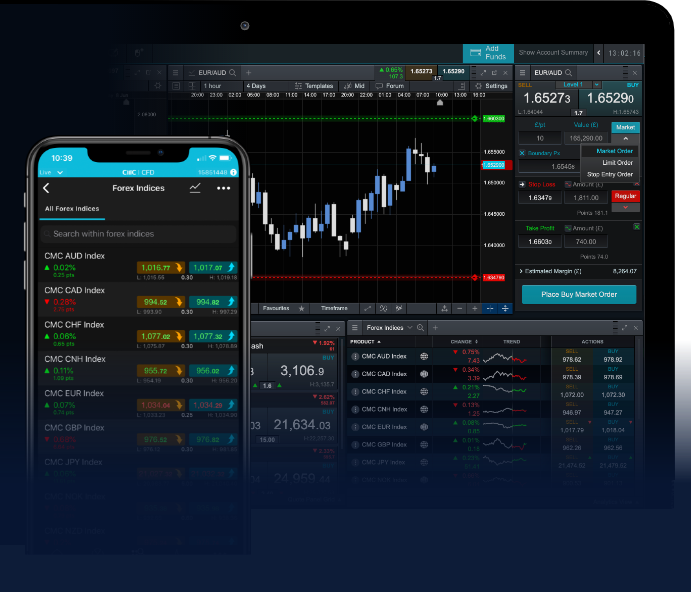
When it comes to Forex trading, having a reliable strategy is crucial for success. The Forex market is highly volatile, and without a solid plan, traders can easily face significant losses. In this comprehensive guide, we will explore the best Forex trading strategies that can help you navigate the complexities of this market profitably. For more insights on Forex trading, you can visit best forex trading strategy https://forex-vietnam.net/.
Understanding Forex Trading
Forex trading involves exchanging one currency for another in order to profit from changes in their exchange rates. The market operates 24 hours a day, five days a week, making it one of the most active financial markets in the world. This high liquidity attracts traders from all walks of life, making it essential to have a robust trading strategy.
Basic Types of Forex Trading Strategies
Forex trading strategies can be broadly classified into three categories: technical analysis, fundamental analysis, and sentiment analysis. Each approach provides traders with different tools and indicators to make informed trading decisions.
1. Technical Analysis
Technical analysis is the study of past market data, primarily price and volume, to forecast future price movements. Traders use various chart patterns, indicators, and trend lines to identify potential trading opportunities. Some popular tools for technical analysis include:
- Moving Averages: Help smooth price action and identify trends.
- Relative Strength Index (RSI): Indicates overbought or oversold conditions.
- Bollinger Bands: Enables traders to assess price volatility.
- Fibonacci Retracement: Useful for determining potential support and resistance levels.

2. Fundamental Analysis
Fundamental analysis focuses on economic indicators and news events that impact currency values. Traders who employ this approach examine factors such as interest rates, inflation, and geopolitical events. Key elements of fundamental analysis include:
- Economic Reports: Such as GDP, employment data, and consumer confidence.
- Central Bank Policies: Interest rate decisions and monetary policy statements can significantly influence currency values.
- Political Stability: Major political events can lead to currency fluctuations.
3. Sentiment Analysis

Sentiment analysis involves gauging the market’s overall attitude towards a particular currency pair. By understanding how other traders feel about the market, you can make better-informed decisions. Tools for sentiment analysis include:
- Commitment of Traders (COT) Reports: Show how different market participants are positioned.
- Social Trading Platforms: Allow you to see what strategies other traders are using.
Best Forex Trading Strategies
Now that we have covered the basic types of Forex trading strategies, let’s delve into some of the best strategies that traders often find useful:
1. Trend Following Strategy
This strategy involves identifying and following the direction of the market trend. Traders look for signals indicating whether the market is in a bullish (upward) or bearish (downward) phase. Techniques for identifying trends include:
- Using moving averages to confirm the trend direction.
- Identifying higher highs and higher lows for an uptrend, or lower lows and lower highs for a downtrend.
2. Breakout Strategy
Breakout strategies involve entering a trade when the price breaks through a predefined level of support or resistance. This is often accompanied by high volume and can lead to strong price movements. To implement this strategy:
- Identify key support and resistance levels.
- Wait for the price to break through these levels and enter the market with a confirmation signal.
3. Range Trading Strategy
Range trading is based on identifying price levels where a currency pair is likely to bounce back and forth between support and resistance. Traders capitalize on these price swings by buying at the lower end and selling at the upper end of the range. Important steps include:
- Using horizontal lines to identify support and resistance zones.
- Ensure the range is stable before entering trades.
4. Carry Trade Strategy
A carry trade strategy involves borrowing funds in a currency with a low interest rate and investing them in a currency with a higher interest rate. This allows traders to profit from the interest rate differential, along with any potential currency appreciation.
Key Considerations for Forex Trading Strategies
While the strategies described above can be effective, there are several key considerations to keep in mind when trading Forex:
- Risk Management: Always protect your capital with stop-loss orders and position sizing.
- Market Conditions: Different strategies work better in particular market conditions (trending vs. ranging markets).
- Continuous Learning: Stay informed about market trends and news that can affect your strategies.
Conclusion
Forex trading can be highly lucrative if approached with the right strategies and mindset. By mastering technical analysis, fundamental analysis, and sentiment analysis, you equip yourself with the knowledge needed to navigate the Forex market confidently. Remember to always prioritize risk management to protect your capital and maximize your trading success.
